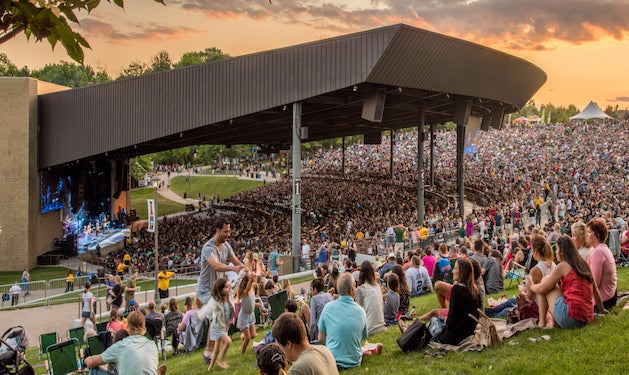Museum at Bethel Woods Senior Curator Neal Hitch discusses vendors in the Bindy Bazaar during the 1969 Woodstock festival.
Over the last few years, The Museum at Bethel Woods has been working on expanding the interpretation of our historic site in the woods that contained the Bindy Bazaar.
This includes the restoring the first part of the trails in 2019. Currently, we are doing research on the vendors that came to the festival. They were a key part of both the planning and the success of the weekend, but they are lesser known participants and their history has been hidden.

Carmen Anderson: Demasiado of Santa Fe
Demasiado of Santa Fe was the first booth seen as you entered the Bindy Bazaar from the trail closest to the Food for Love tents. Carmen Anderson opened a small store she named Demasiado in Santa Fe in October of 1967. Demasiado is Spanish for “too much.” The store carried “custom leathers, Mexican handcrafts, pottery, rugs and accessories.” In more ways than one, they carried too much.
When the boutique opened, it was known as a “color-exploding Mexican handcraft-clothing store.” They also carried “fashions personally designed by Carmen, which are identical to the spectrum of ‘ladylike’ styles she sells to leading stores throughout the country.”
In June 1969, the Santa Fe New Mexican published a “south-of-the-border outfit” from Demasiado that was in a fashion show to benefit a local playhouse. A newspaper article talking about the mistreatment of members of the Hog Farm in Santa Fe in August of 1968 credits her saying that “two hippies” that worked for Demasiado had been “wrongly treated by the police and courts.” This Hog Farm connection is possibly how Demasiado came to be connected to the Bindy Bazaar.
In 1971, Anderson was involved in a tragic car accident in Mexico. She eventually relocated to Berkeley, CA, opening a new shop and working for accessibility rights for the rest of her life.
Dale Saltzman and Peter Brown
Dale Saltzman and Peter Brown had a vendor booth selling small carpets and patterned textiles. They both were hired to work at the festival site, contracted to put up the square banners that hung from poles along the woods and the canvases that hung over the Food for Love kiosks.
Dale was hired by Mel Lawrence in New York. He had been working as a designer out of Baggy’s Studios and had submitted concept sketches for what the food vendor tents could look like, as seen at the top of the screen. These sketches would eventually become the Food for Love stands that sat at the top of the hill at the festival. Dale and Peter had a contract to buy “mirror cloth” -- which were square textiles sewn with elaborate patterns with reflective circles sewn into the cloth. They went to India during the first two weeks of July to buy these fabrics. They also purchased materials to sell in the bazaar.
When they returned from India, the festival site had moved from Wallkill to Yasgur’s Farm in Bethel. They both worked on the ground crew hanging the banners and building food vendor booths. Their Bindy Bazaar vendor booth was centrally located in the woods and was covered with small rugs. Both Dale and Peter slept in their booth all weekend.
The influence of Dale Saltzman still exists throughout the historic site. All of the way-finding signs directing guests to The Bindy Bazaar are digitally re-imagined versions of his flags. Look out for them the next time you visit Bethel Woods!

Looking Ahead
If any Woodstock alumnus has a recollection about vendors in the Bindy Bazaar or any objects that they purchased, The Museum at Bethel Woods would be very interested in talking about our ongoing research and project.
